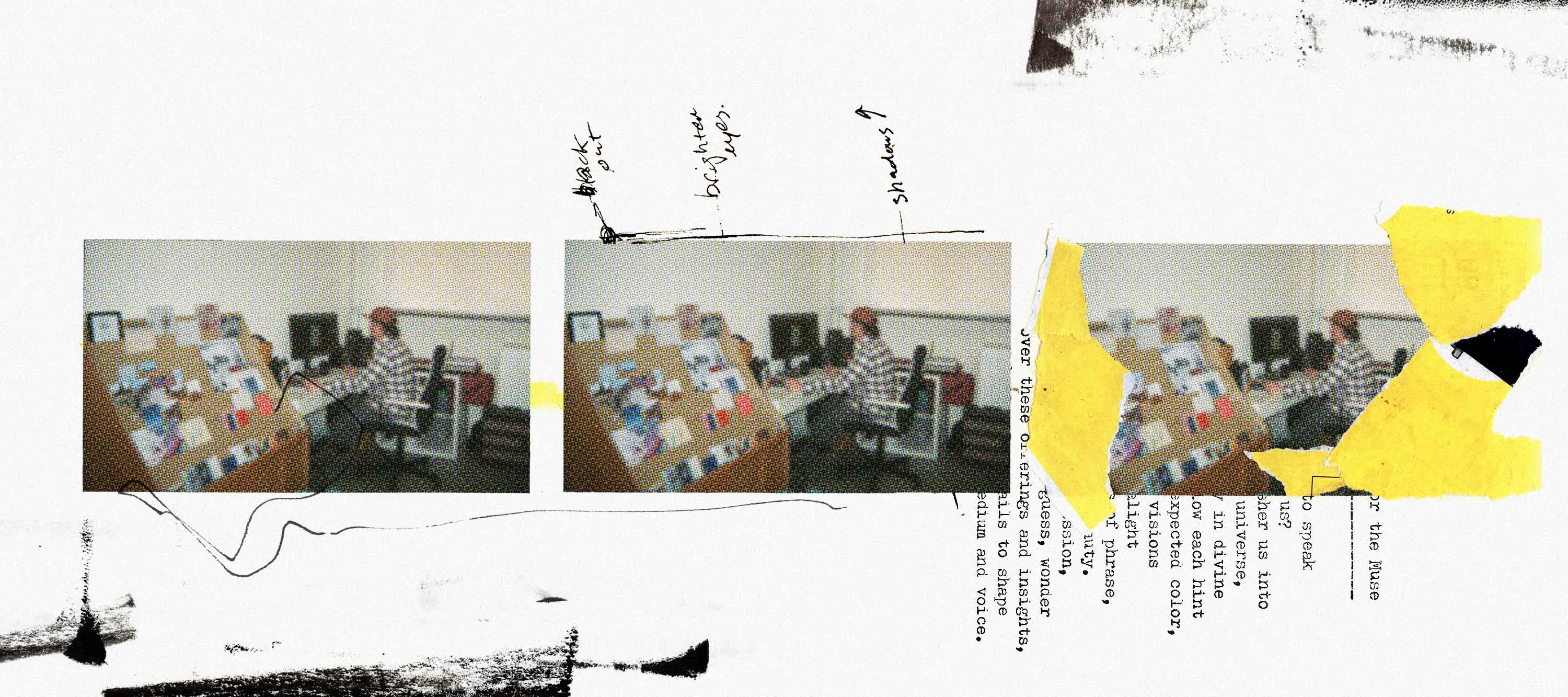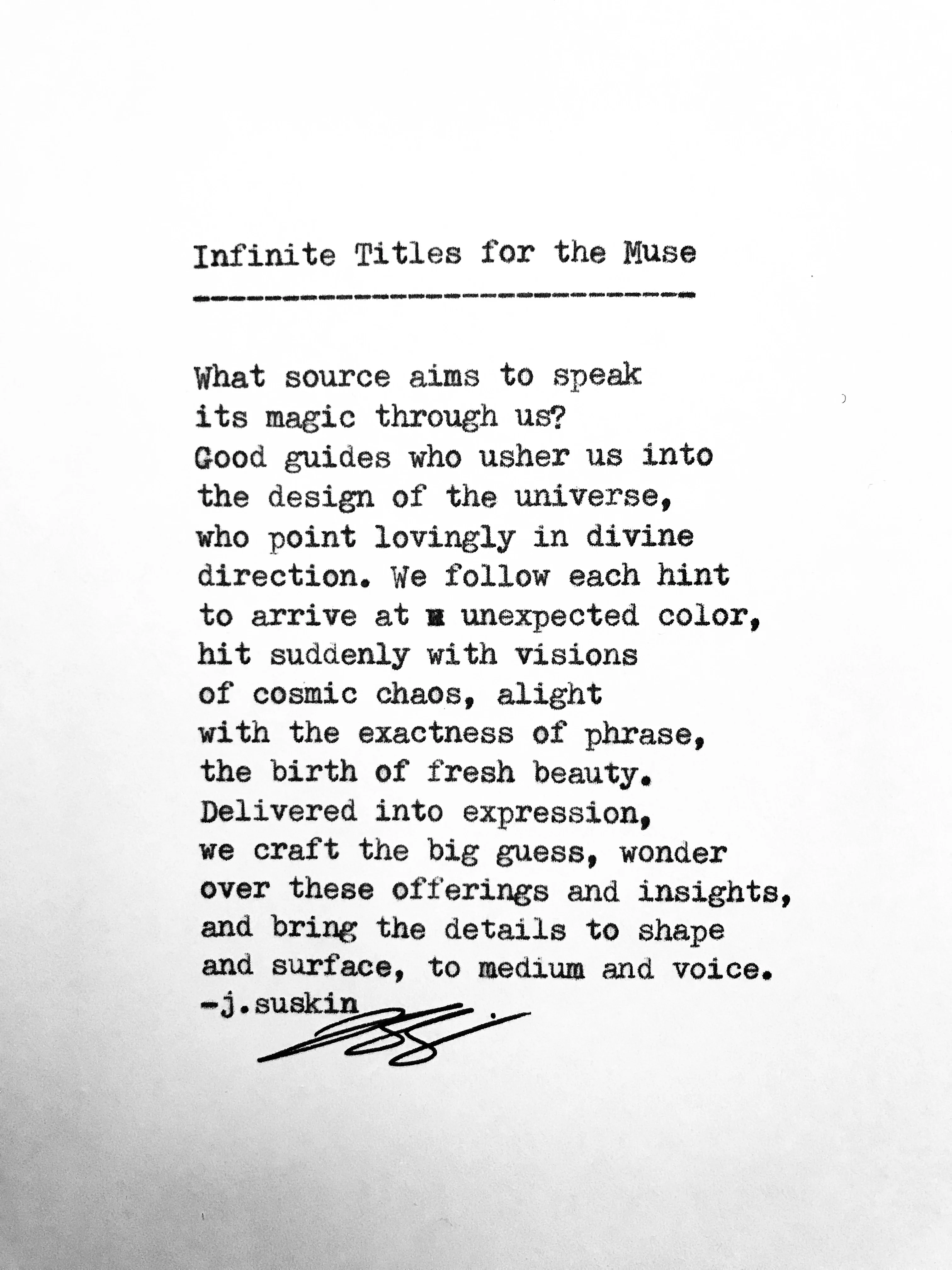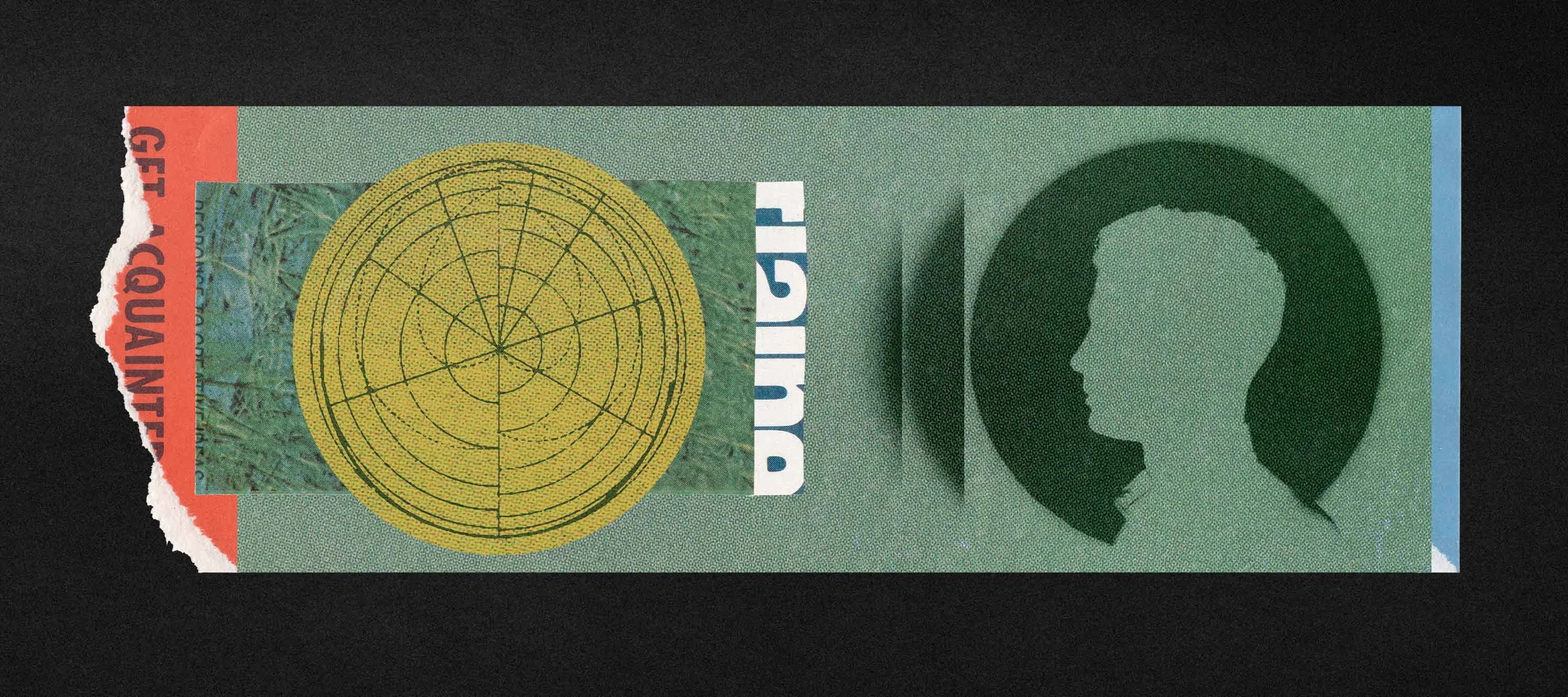Let The Three Muses Guide Your Creative Process
- 25 April 2022
- ByJacqueline Suskin
- 2 min read

Recently, I taught a workshop series called “The Editing Muse,” exploring ideas that I collected over the years as a poetry editor. The workshop showed students the sacred nature of revision, which is often considered a less than enjoyable and tedious aspect of creative practice. In the first class, a participant asked, “What is a Muse?” I started laughing and felt that bloom in the center of my chest, the spark that strikes when something intricate and crucial arises from the simplistic.
As a poet and educator, one of my favorite things about my practice is discovering language that clarifies the creative process. The concept of the Muse is rooted in the Greek goddesses, mythological guides presiding over the arts and sciences, but the definition expands throughout history. Although we might be disconnected from the idea that goddesses lead us through our artistic output, the need for a “source of inspiration” continues. Miriam-Webster says the Muse is “a guiding genius” or simply a “poet.”
A Muse can be human. We’ve seen this played out repeatedly with famous artists like John and Yoko, Picasso and Marie, and I myself often call my best friends and lovers my Muses. But the explanation I gave my class wasn’t connected to flesh and blood. To me, the Muse is a guiding energy that can be called into my workspace, a feeling that enables me to focus, a leader who takes hold of my artmaking and grapples with my fear and blockages. Describing what a Muse is feels like trying to list every name we have for soul, spirit, god, and ghost. Something outside of the artist asks to come in, and we are filled with ideas, lucidity, and deepest deduction when we say “yes.”
Like the Greeks, I believe there isn’t just one Muse. For me there are three who appear from a project’s beginning to its completion. The Muse of Inspiration, the Editing Muse, and the Conclusive Muse. For the sake of introduction, and in honor of the Greeks, I’ll address each Muse with she/her pronouns in this description. In my world, these Muses have no gender, they are not of form or symbol, but you can assign them whatever shape you need to in the name of connection and conjuring. However mystical the concept of the Muse may seem, for me it’s a practical method, an approach to creative output that feels rooted, framed, and held by something other than just myself.
The Muse of Inspiration
We’re most familiar with the Muse of Inspiration, who booms into our brains when least expected — in the middle of the night, while we’re driving on the highway — and has us rushing for pen and paper so we can scribble down a message. As artists, we’re either craving this Muse, praying for her entrance, or we’re overflowing with her presence, charged up with concepts and direction. The Muse of Inspiration is an infinite well of possibility and even if we get blocked, we can clear ourselves for her return.
Do you need inspiration? She loves to be praised. She loves immediate interaction. She takes offense if you don’t jump out of bed when she whispers her brilliance. Keep a notebook nearby, a tape recorder, a travel watercolor set. Make a ritual to call on her, practice wiping your mind clean so she can enter, rise quickly when she speaks. The utilitarian approach for the Muse of inspiration is readiness and willingness. She does the rest.
The Editing Muse
The Editing Muse is a bit less known. She has become my favorite. What to add? What to subtract? How to best serve the original excitement? Although I adore getting smacked with the first inkling of a theory that needs to become a book, the process of refining the idea is a magic all its own. The Editing Muse takes hold of the initial catalyst and molds it, cuts away the loose bits, irons out the fray. She is tender, slower, and careful with each letter, each shade and angle. Every artistic project needs her. Rarely does the first thought hold the immensity of inspiration, and it takes this second phase to carve out the wholeness of the initial delivery. The Editing Muse roots us in our practice and our purpose, for artists aren’t just conduits, we are a crucial part of the craft, and in editing our work, the collaboration with the unseen shines brightest. She likes it when we lean in close, when we are quiet and alert, when we bend and alter accordingly. Practically speaking, this Muse wants a schedule, time set aside for revision, a candle lit for concentration. She wants you to recognize the worth in this part of the process.
The Conclusive Muse
Finally, the Conclusive Muse descends. She comes to tell us when to stop. She comes to show us what to do with our creation. We can ask her to give us a glimpse of an outcome, to lead us toward the right recording studio or gallery, to remind us that a handmade zine is a finished product of great merit. The Conclusive Muse allows us to consider the entire journey of design and shows us when it’s time to celebrate the final chapter. She is the exhale. She is the arrow that says, “Here, give this genius gift to the world now,” and reveals the right arena for the offering. Often, artists don’t know when something is finished, or we don’t know what to do with it when it is, but this Muse gives us the answer and all we have to do is figure out how best to listen.
Listening to each Muse is a practice all its own. We must learn how to become acquainted, making space for inspiration to enter, finding time to hone each line, settling into a vision of completion. We must be humble enough to recognize that something larger than our individual talent is at play when we make our work, not because we aren’t valuable enough on our own, but because there is a comfort in connecting to something outside of ourselves while moving through our creative process.
The framework of the three Muses gives me relief, it helps me feel less alone. When I lean in and let the guides take hold, I find the process is faster, it’s more exact, and there’s something there for me to trust beyond my personal perception. Basically, it’s a recipe that enables me to get out of my own way. I choose to work with the Muses. This choice gives me a method, it gives me a pace, and I need this in my practice — an approach that grounds me and leads me from the first thought to the final, from the cosmos to the page to you.

Poem by Jacqueline Suskin
25 April 2022
Words by:Jacqueline Suskin
Tags
- Share
